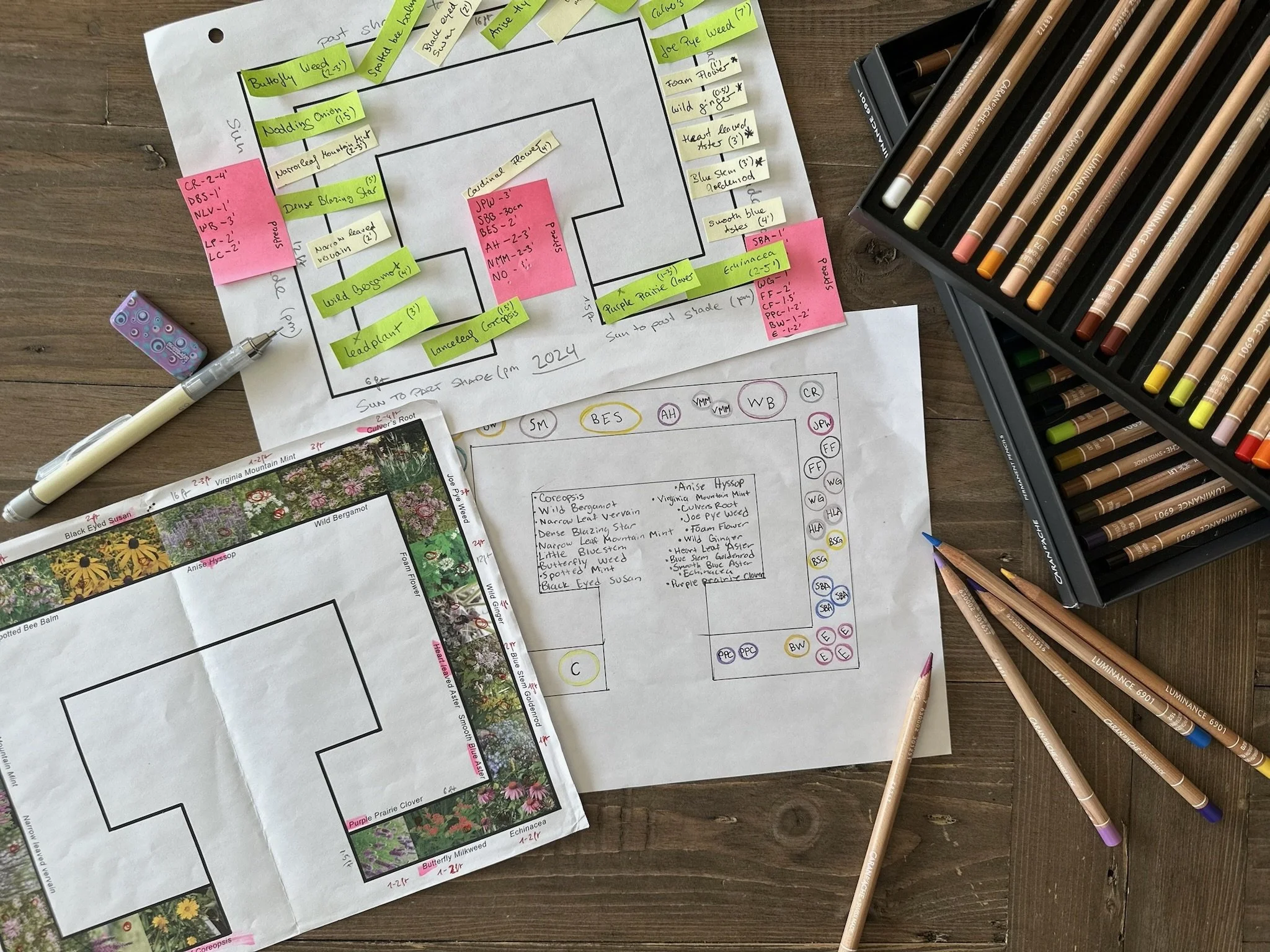
How to Plan Your Native Garden
Planning your garden bed on paper is a fantastic way to visualize the layout and ensure everything is in its ideal spot. But what if artistic skills aren’t your strong suit? No worries! Follow this step-by-step guide to help you get started with ease.

Example of All Season Flowering Garden
We’ve shared a lot about All-Season Flowering Gardens, but if you’re still wondering what that means, we’ve created this simple and easy-to-understand example for you.
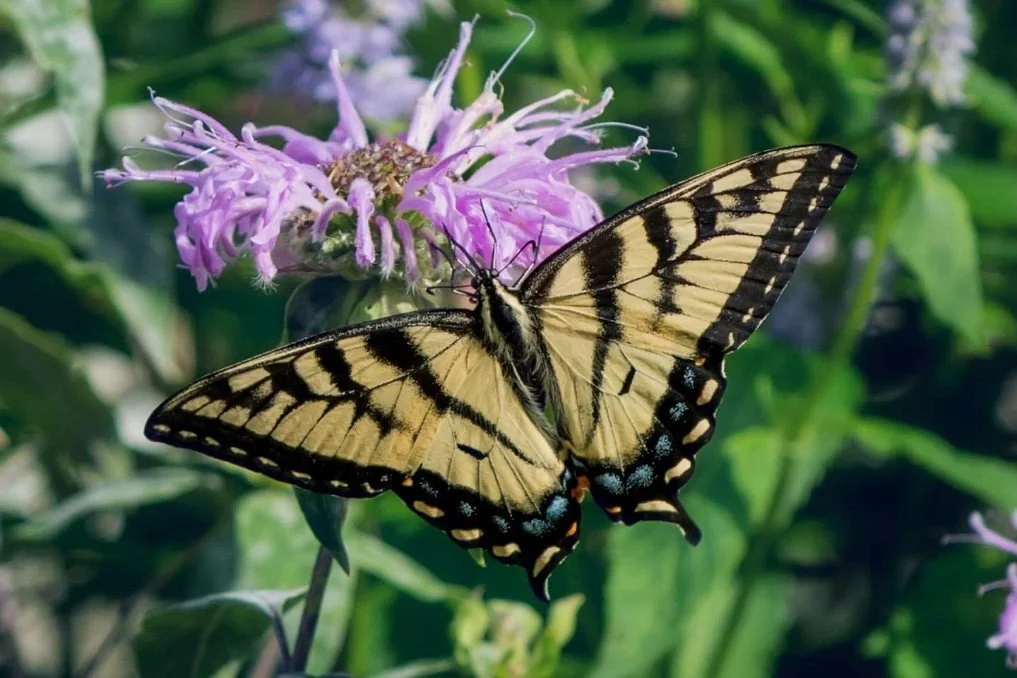
Pollinator Garden
A pollinator garden is a thoughtfully designed garden that provides food, shelter, and breeding areas for pollinators like bees, butterflies, hummingbirds, moths, and even some beetles.
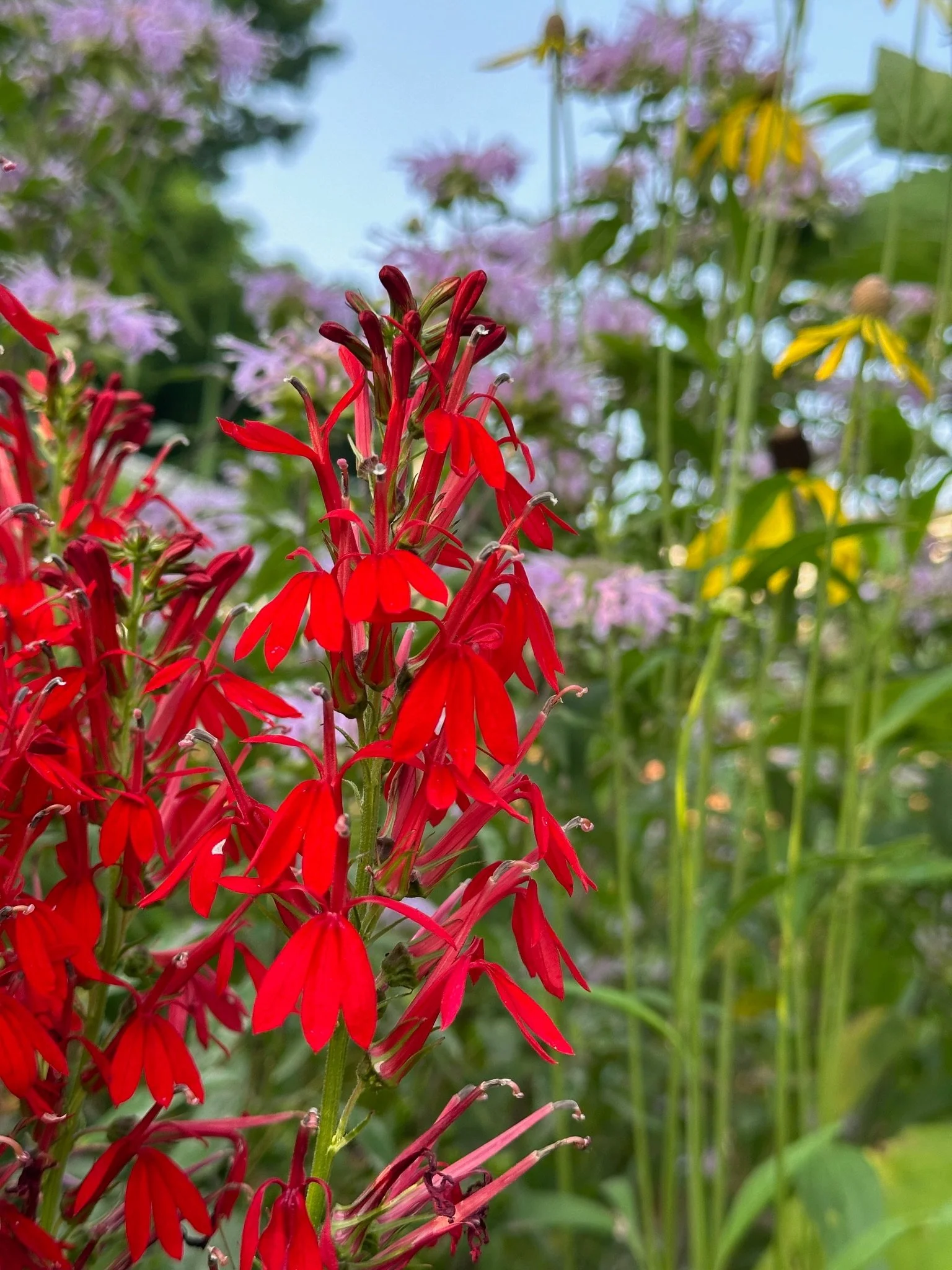
Rain Garden
These specially designed gardens are crafted to capture rainwater and allow it to naturally soak into the ground, helping to reduce runoff and minimize stress on city stormwater systems.

Wildlife Habitat Garden
A Wildlife Habitat Garden is far more than a collection of plants. It’s a sanctuary: a lifeline for birds, small mammals, and amphibians that share our region.
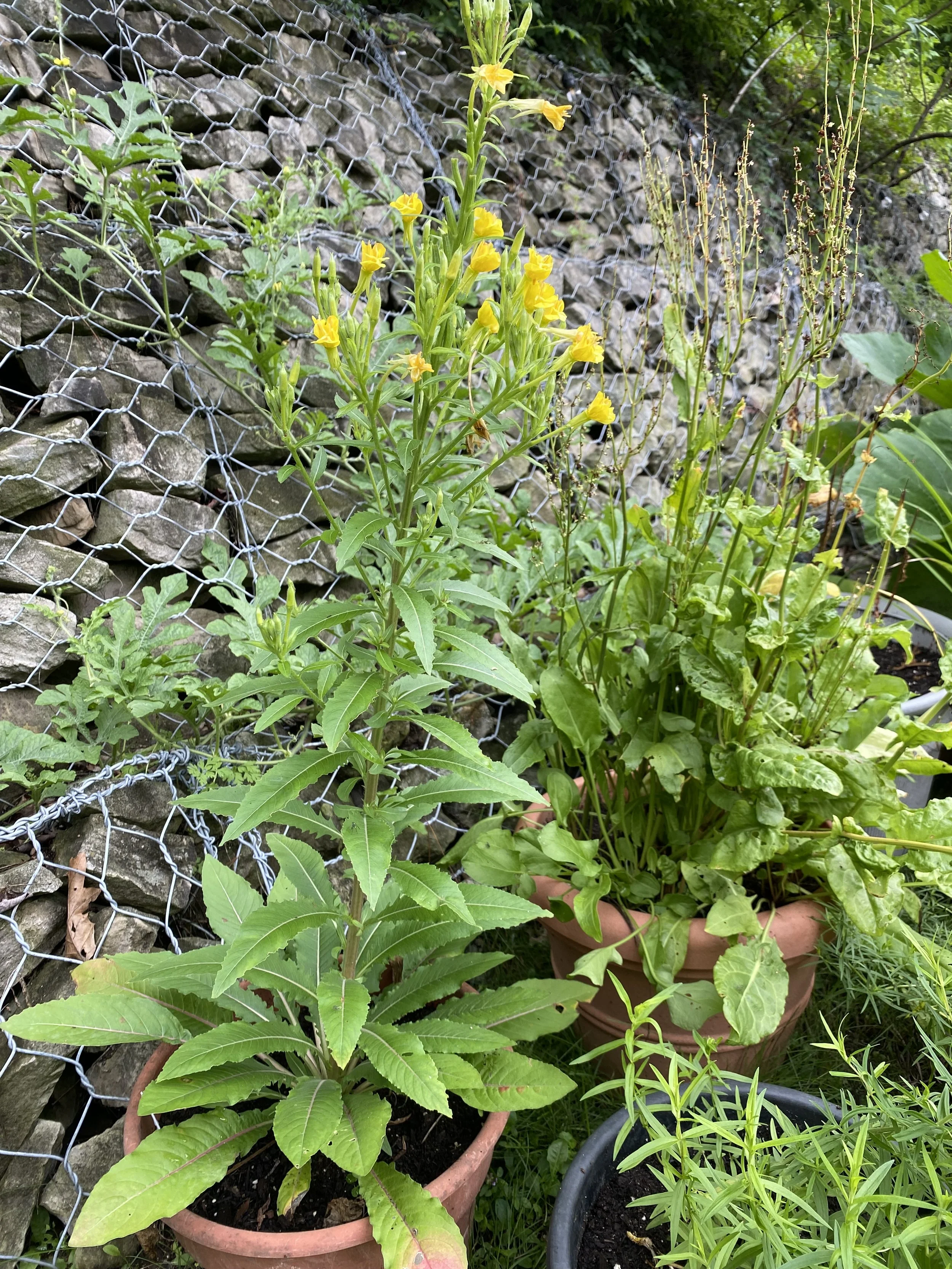
Container Garden
Container or balcony gardens are an excellent solution for those with limited gardening space. You can create a relaxing green retreat where pollinators like butterflies and bees might even stop by for a visit.
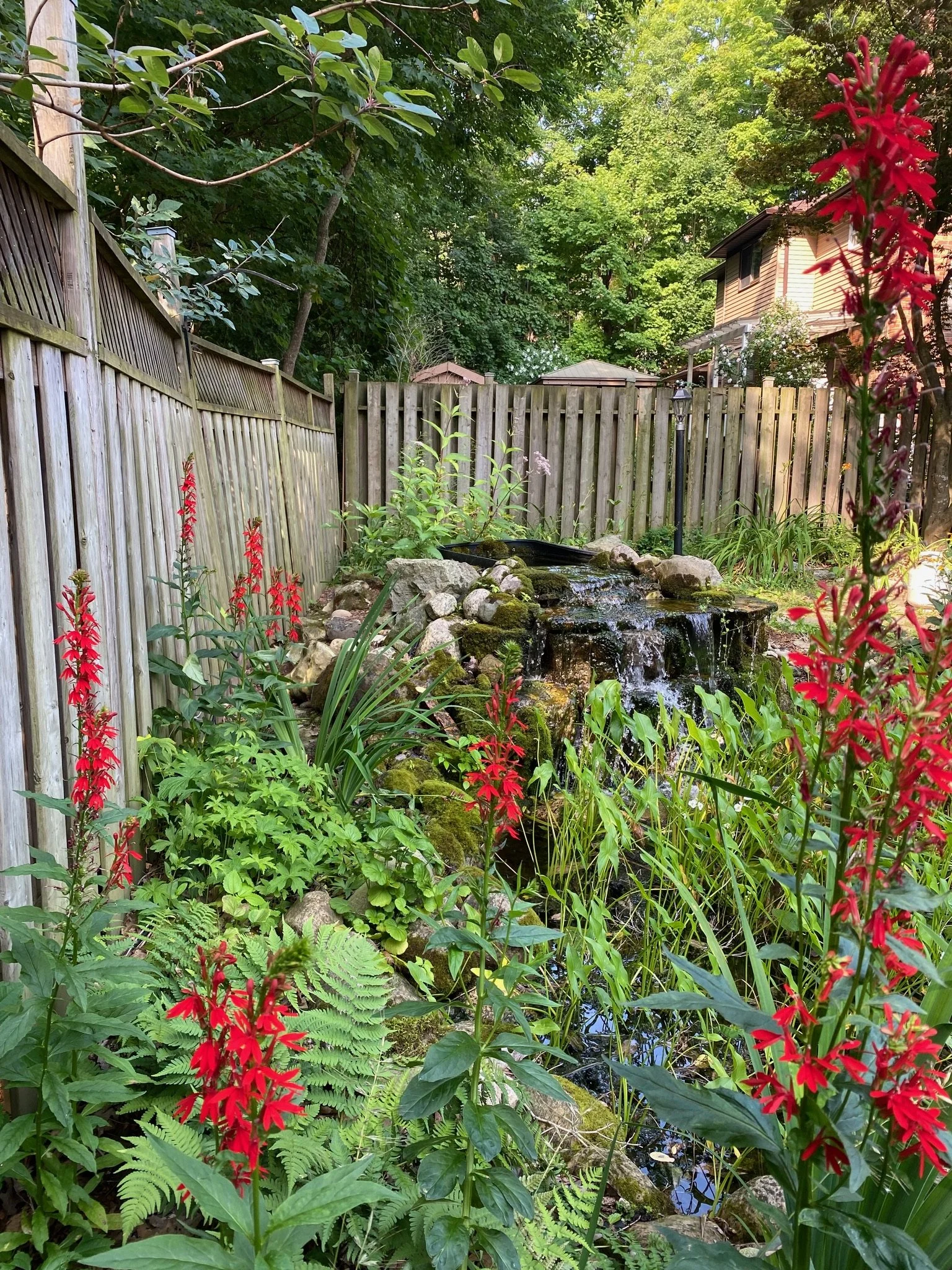
Wetland & Pond Garden
The primary purpose of these gardens is to create harmonious spaces where water and plants coexist. Creating this ecosystem will welcome wildlife that might not otherwise inhabit the area.

Rock Garden
These gardens are prized for their low-maintenance appeal and striking visual impact. They are particularly well-suited to areas with poor soil and can significantly reduce water usage.

Edible Native Garden
These gardens are designed to showcase native plant species that not only thrive in their natural environment but also provide food for you and your family. By cultivating edible natives, you support local ecosystems, attract pollinators, conserve water, and enjoy fresh, seasonal produce right from your backyard.

How to Companion Plant With Natives
By creating a balanced ecosystem, native plants can attract beneficial insects and pollinators, ultimately boosting the productivity of your garden and increasing the yield of fruits and vegetables.

Vegetable and Native Companion Plants
By creating a balanced ecosystem, native plants can attract beneficial insects and pollinators, ultimately boosting the productivity of your garden and increasing the yield of fruits and vegetables.
After dedicating extensive time to research, planting, and experimentation, we've gathered a wealth of information on native companion planting. We’re excited to share our findings with you!

Raspberries & Companions
Focusing on one plant and its companions we are able to break down what it really means to companion plant. Selecting plants that will bloom throughout the season will keep pollinators in the area.

Wild Bergamot & Companions
Wild Bergamot is a valuable companion plant for vegetable gardens. Its vibrant blooms enhance the pollination of crops such as squash, zucchini, and tomatoes

Where To Find Native Seeds
We wanted to help others out and create a list of where to get native seeds so they have an easy time starting their native gardens.
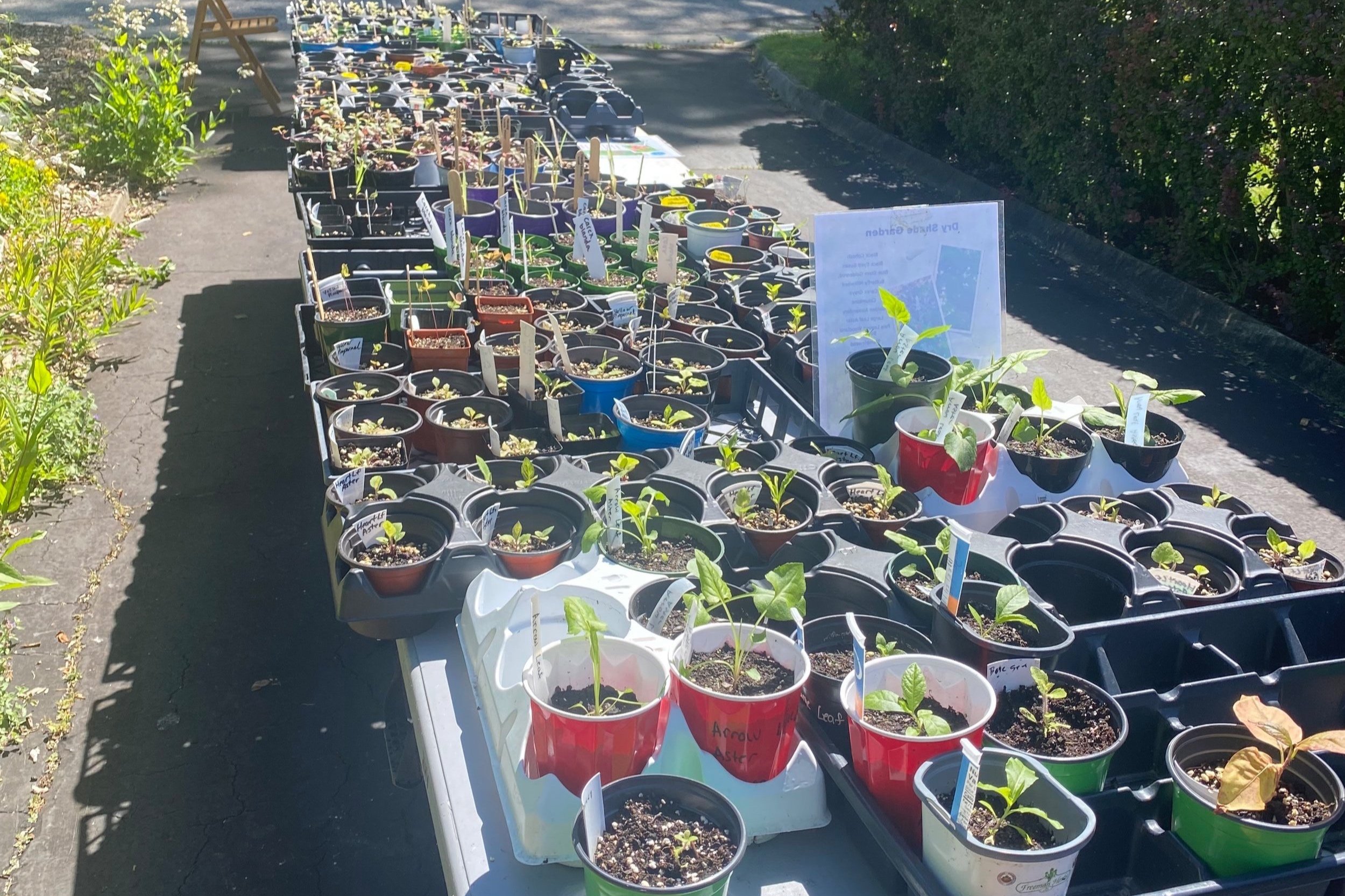
Where To Find Native Plants
Supporting local plant sellers is a great way to give back to your community. We have created a list of native plant sellers in Southern Ontario to help other gardeners easily find plants.

Direct Sowing
Direct sowing is a great way to add native plants into your garden which will help create a thriving ecosystem in your garden. Instead of growing plants from seedlings indoors and transplanting them out when they are large enough, you would plant the seeds directly in the ground. This can be done at different times of the year based off the specific plants needs.

How To Direct Sow
Need some information on how to direct sow, no problem! You’ll find it right here!

Materials For Winter Sowing
Winter sowing is a great way to reuse those single use plastics. There are a lot of different containers that will work for this project but you may come across some that are not the best choice. Ask your friends and family for their empty containers if you don’t go through enough of these products on your own. Through some trial and error we have compiled a list of the containers that work well and some you might want to avoid.
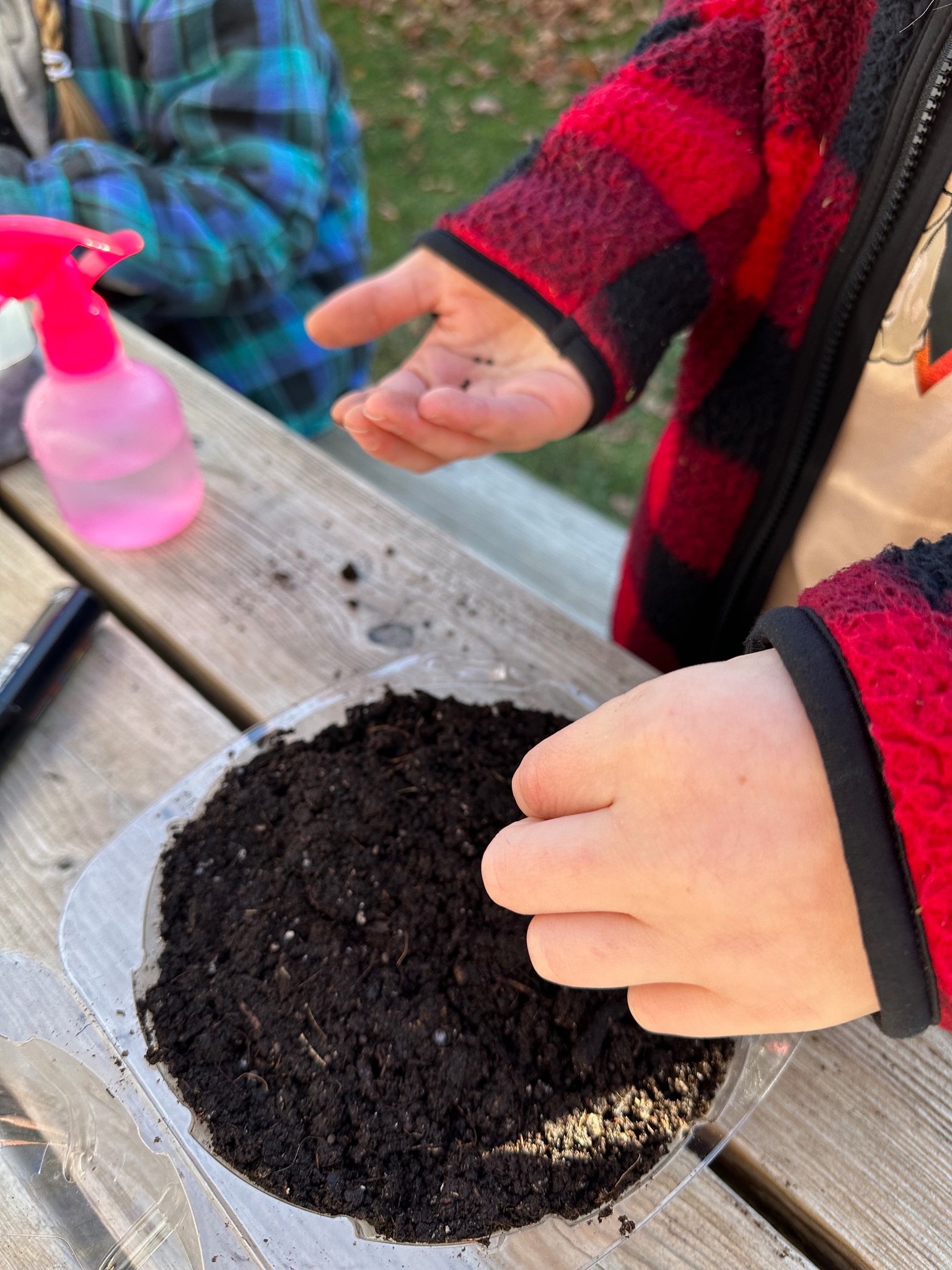
Step By Step To Winter Sowing
Embark on your winter sowing adventure with our detailed step-by-step guide! Whether you’re a seasoned gardener or just starting out, we’re here to help you every step of the way. Here, you’ll discover everything you need to know to make winter sowing a success.
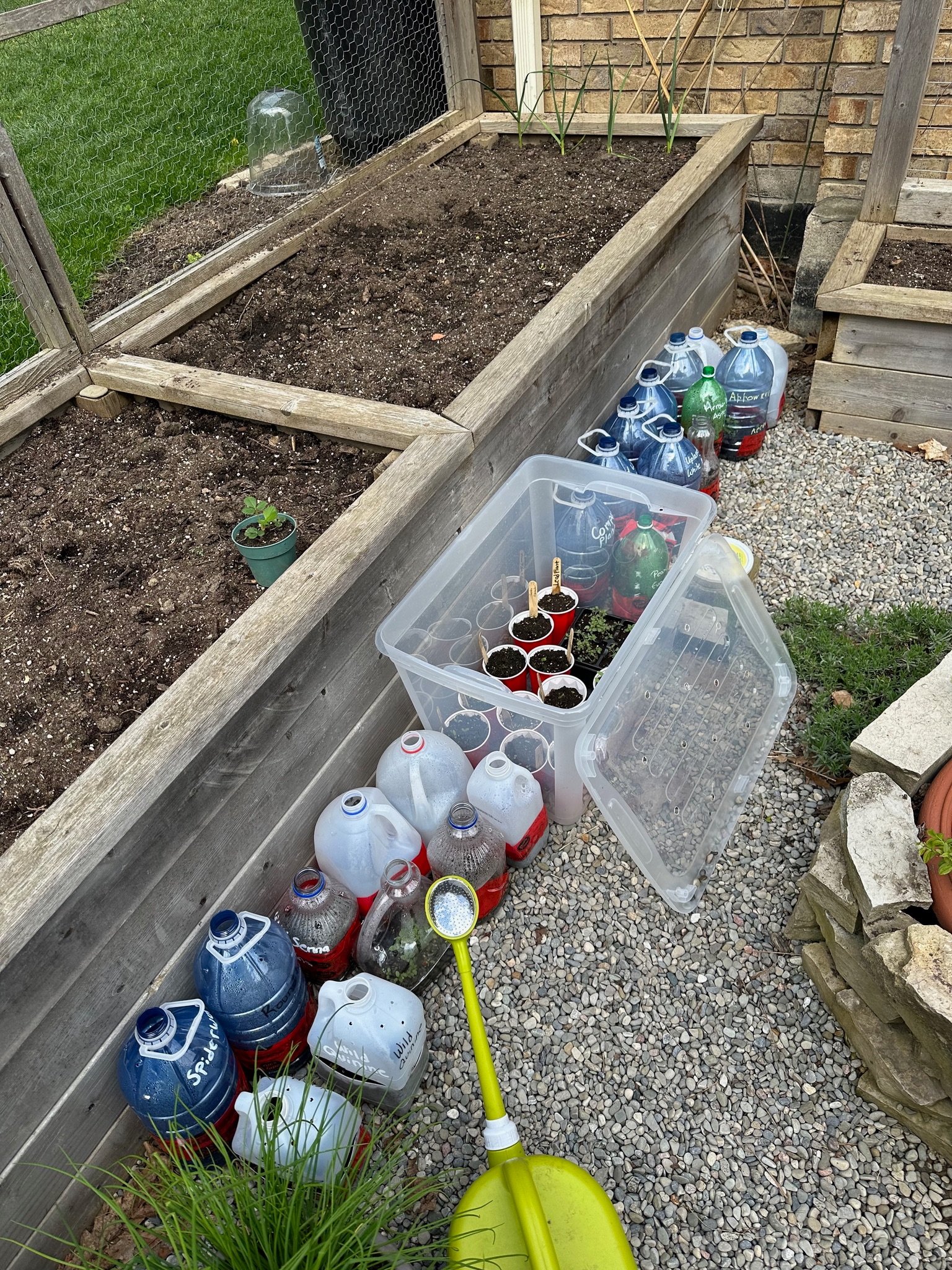
What Seeds Can Be Winter Sown?
Not all seeds will successfully germinate through winter sowing, so it's crucial to choose seeds that can withstand or thrive in this process. If you've purchased your seeds, you can simply check the packaging for guidance. Look for phrases like “direct sow in fall,” “cold moist stratification,” or “outdoor planting,” which indicate suitability for winter sowing.
